The Dr Bhau Daji Lad Mumbai City Museum is more than just a museum—it’s a living testament to the rich cultural and historical legacy of Mumbai. Nestled in the heart of the city, this iconic institution serves as a repository of artifacts and stories that narrate the evolution of Mumbai from a humble fishing village to a global megacity. As one of India’s oldest museums, it offers visitors an unparalleled opportunity to explore the vibrant tapestry of art, culture, and history that defines this bustling metropolis.
In this article, we delve deep into the museum’s fascinating exhibits, its architectural grandeur, and its pivotal role in preserving Mumbai’s heritage. Whether you’re a history enthusiast, a curious traveler, or someone looking to understand the essence of Mumbai, this guide will serve as your ultimate companion.
A Glimpse into the Museum’s Origins
The Birth of an Iconic Institution
Established in 1857, the Dr Bhau Daji Lad Mumbai City Museum has witnessed over 160 years of Mumbai’s evolution. Originally known as the Victoria and Albert Museum, it was renamed in honor of Dr Bhau Daji Lad, a prominent philanthropist and scholar who played a crucial role in its inception. The museum’s establishment marked a significant milestone in India’s cultural landscape, offering a platform for showcasing the region’s artistic and historical treasures.
The idea behind the museum was to create a space where people could connect with their roots while appreciating the diverse influences that shaped Mumbai. During the colonial era, the British administration recognized the importance of documenting and preserving the cultural heritage of the Indian subcontinent. This vision led to the creation of the museum, which initially housed artifacts collected during the Great Exhibition of 1851 in London.
Why It Matters Today
Today, the museum continues to be a beacon of knowledge, attracting thousands of visitors annually. Its meticulously curated collections provide insights into Mumbai’s journey from a humble fishing village to a global megacity. By preserving rare artifacts and documents, the museum ensures that future generations can connect with their roots and appreciate the city’s dynamic past.
The museum’s relevance extends beyond its historical significance. It plays a vital role in fostering cultural awareness and promoting dialogue about the city’s identity. Through its exhibitions and programs, it bridges the gap between the past and present, encouraging visitors to reflect on how history shapes modern society.
Architectural Marvels of the Museum
A Blend of Victorian and Indian Styles
The Dr Bhau Daji Lad Mumbai City Museum is not only renowned for its exhibits but also for its stunning architecture. Designed by British architect George Gilbert Scott, the building reflects a harmonious blend of Victorian Gothic and traditional Indian elements. Intricate carvings, ornate domes, and expansive galleries create an awe-inspiring ambiance that transports visitors back in time.
The façade of the museum is adorned with detailed stonework, featuring motifs inspired by Indian flora and fauna. The use of local materials, such as basalt and limestone, adds to the structure’s authenticity and durability. Inside, the spacious galleries are designed to accommodate large crowds while maintaining an intimate atmosphere conducive to reflection and learning.
Restoration Efforts
In 2003, the museum underwent extensive restoration work led by the Indian National Trust for Art and Cultural Heritage (INTACH). This initiative revitalized the structure, ensuring its preservation for future generations. The meticulous attention to detail during the restoration process highlights the museum’s commitment to maintaining its historical integrity while embracing modern advancements.
The restoration project focused on repairing structural damage, restoring faded frescoes, and upgrading facilities to meet contemporary standards. Special care was taken to preserve original features, such as stained glass windows and marble floors, which contribute to the building’s charm. Thanks to these efforts, the museum stands today as a shining example of successful heritage conservation.
Exploring the Museum’s Collections
Permanent Exhibits: A Journey Through Time
The museum houses an impressive array of permanent exhibits that narrate Mumbai’s multifaceted history. From ancient pottery and textiles to colonial-era maps and photographs, each artifact tells a unique story. Highlights include:
- Industrial and Agricultural Tools: These exhibits showcase the ingenuity of Mumbai’s early inhabitants and their contributions to the region’s economic development. Visitors can see handcrafted tools used in farming, fishing, and weaving, reflecting the resourcefulness of pre-industrial societies.
- Traditional Crafts: Visitors can marvel at exquisite examples of embroidery, beadwork, and metal craftsmanship, reflecting the diversity of Mumbai’s artisanal traditions. These pieces highlight the skill and creativity of local artisans, whose work continues to influence contemporary design.
- Photographic Archives: Rare images capture pivotal moments in Mumbai’s history, offering a visual narrative of the city’s growth and transformation. From black-and-white photographs of colonial-era streets to vibrant snapshots of post-independence celebrations, these archives provide a window into the past.
Temporary Exhibitions: Celebrating Contemporary Art
In addition to its permanent collections, the museum frequently hosts temporary exhibitions featuring contemporary artists and themes. These displays foster dialogue between the past and present, encouraging visitors to reflect on how history shapes modern society.
Recent exhibitions have explored topics such as urbanization, migration, and environmental sustainability. By collaborating with local and international artists, the museum ensures that its programming remains relevant and thought-provoking. These exhibitions often incorporate multimedia elements, such as video installations and interactive displays, to engage younger audiences.
The Role of the Museum in Education and Community Engagement
Educational Programs for All Ages
The Dr Bhau Daji Lad Mumbai City Museum is deeply committed to fostering education and community engagement. Through workshops, guided tours, and interactive sessions, the museum caters to diverse audiences, including students, researchers, and families. These programs aim to make history accessible and engaging, inspiring a deeper appreciation for Mumbai’s cultural heritage.
For schoolchildren, the museum offers tailored programs that align with academic curricula. Activities such as scavenger hunts, storytelling sessions, and hands-on craft workshops encourage active participation and critical thinking. For adults, lectures and panel discussions provide opportunities to delve deeper into specific topics, such as archaeology, anthropology, and art history.
Collaborations with Schools and Universities
The museum actively collaborates with educational institutions to develop tailored programs that align with academic curricula. By integrating museum visits into learning experiences, educators can provide students with hands-on exposure to historical concepts and critical thinking skills.
Partnerships with universities have resulted in research projects and internships, allowing students to gain practical experience in fields such as museology, conservation, and curation. These initiatives not only benefit participants but also contribute to the museum’s ongoing mission of knowledge dissemination.
Travel Tips for Visiting the Museum
If you’re planning a visit to the Dr Bhau Daji Lad Mumbai City Museum , here are some essential tips to enhance your experience:
- Best Time to Visit: Weekdays are less crowded, allowing for a more immersive exploration of the exhibits.
- Guided Tours: Opt for a guided tour to gain deeper insights into the museum’s collections and their significance.
- Photography Rules: While photography is allowed in certain areas, flash photography is prohibited to protect delicate artifacts.
- Accessibility: The museum is wheelchair-friendly, ensuring inclusivity for all visitors.
- Nearby Cafés: After your visit, unwind at nearby cafés offering local delicacies and refreshing beverages.
Other Tourist Attractions Near the Museum
While the Dr Bhau Daji Lad Mumbai City Museum is undoubtedly a highlight, the surrounding area boasts several other attractions worth exploring:
- Jijamata Udyaan (Victoria Gardens): A sprawling botanical garden adjacent to the museum, perfect for a leisurely stroll.
- Byculla Zoo: Ideal for families, this zoo features a wide variety of animals and birds.
- Haji Ali Dargah: Located a short distance away, this iconic shrine is a must-visit for its spiritual aura and stunning architecture.
- Chhatrapati Shivaji Maharaj Vastu Sangrahalaya: Another premier museum showcasing India’s rich cultural heritage.
Conclusion
The Dr Bhau Daji Lad Mumbai City Museum is more than just a museum—it’s a gateway to understanding Mumbai’s soul. Through its captivating exhibits, architectural splendor, and dedication to education, the museum continues to inspire and educate countless visitors. Whether you’re a local resident or an international traveler, a visit to this cultural gem promises an enriching and unforgettable experience.
10 Frequently Asked Questions (FAQs)
- What are the opening hours of the Dr Bhau Daji Lad Mumbai City Museum?
- The museum is open from 10:00 AM to 6:00 PM, Tuesday through Sunday.
- Is there an entry fee for the museum?
- Yes, the entry fee varies depending on age and nationality. Discounts are available for students and senior citizens.
- Can I take photographs inside the museum?
- Photography is permitted in designated areas without flash.
- How long does it take to explore the entire museum?
- On average, visitors spend 2-3 hours exploring the museum thoroughly.
- Are guided tours available?
- Yes, guided tours are offered in multiple languages upon request.
- Is the museum suitable for children?
- Absolutely! The museum offers family-friendly activities and interactive exhibits.
- What is the nearest railway station to the museum?
- Byculla Railway Station is the closest, located approximately 1 km away.
- Does the museum have a gift shop?
- Yes, the museum features a gift shop selling books, souvenirs, and replicas of artifacts.
- Are wheelchairs available for rent?
- Wheelchairs are provided free of charge on a first-come, first-served basis.
- Can I host events at the museum?
- Private events such as lectures and corporate gatherings can be arranged with prior permission.


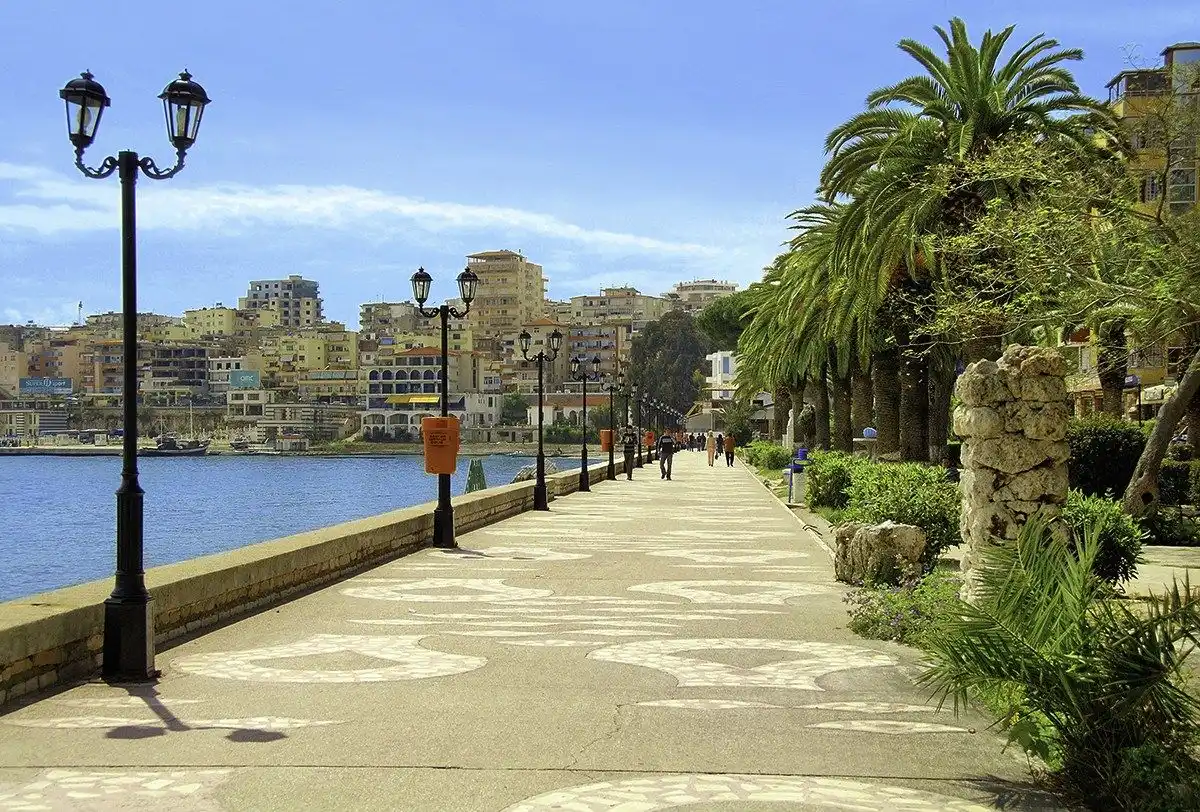
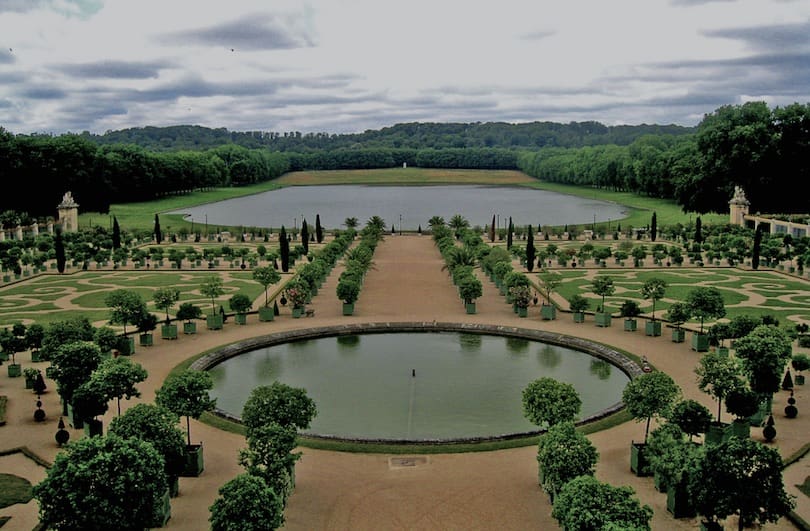
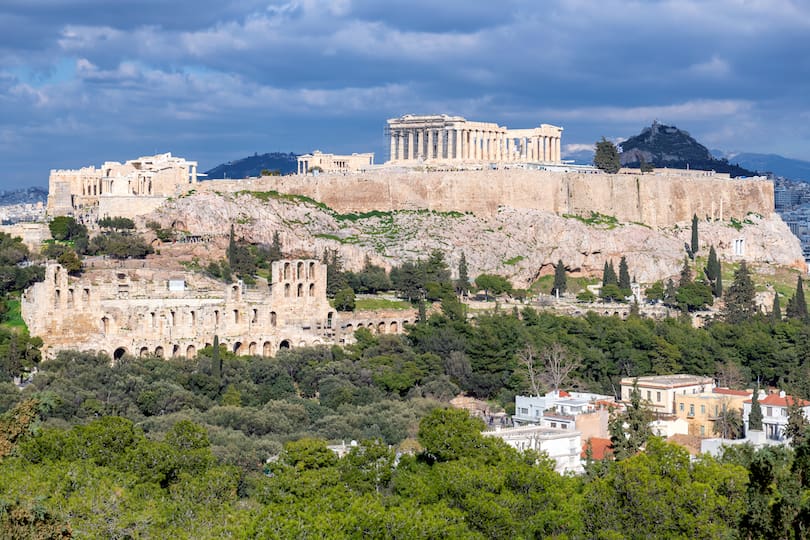

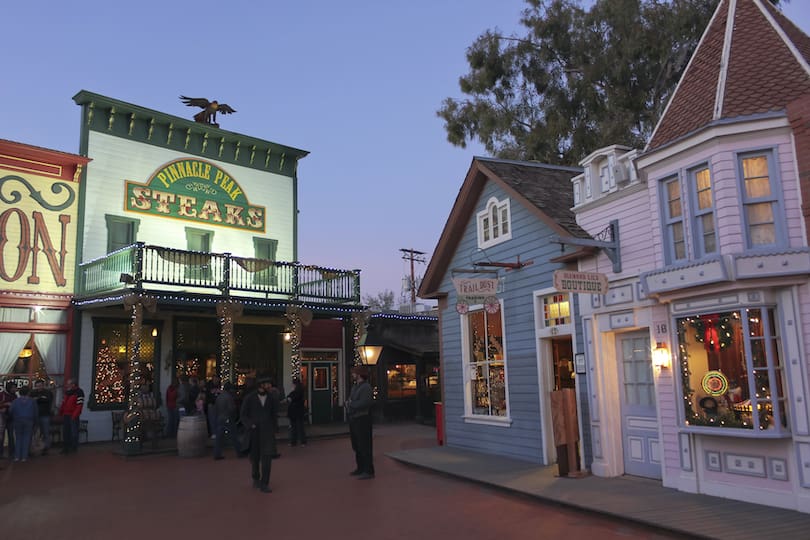
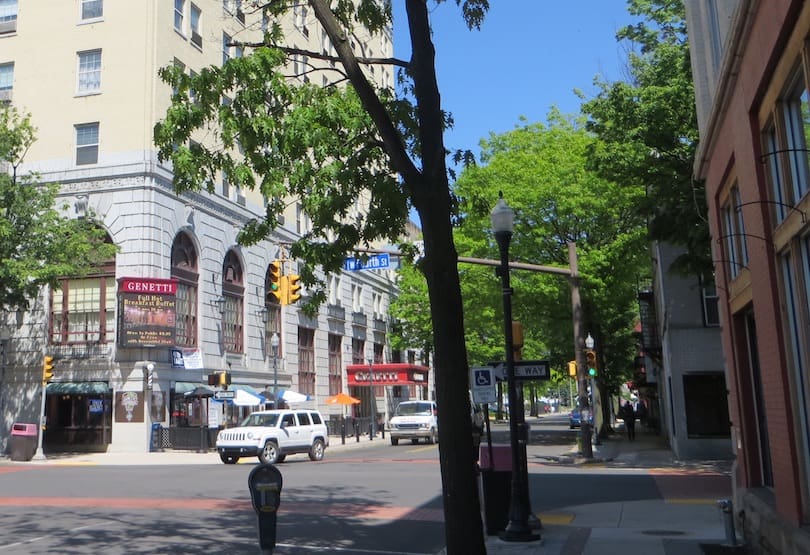

amoxicillin order online – comba moxi amoxicillin canada